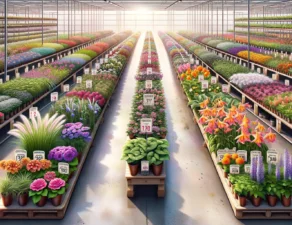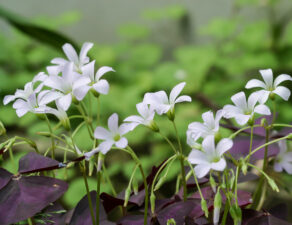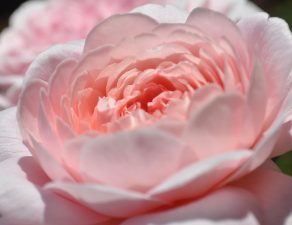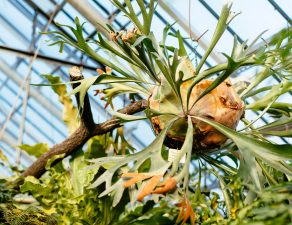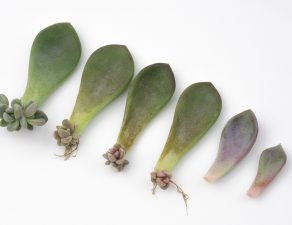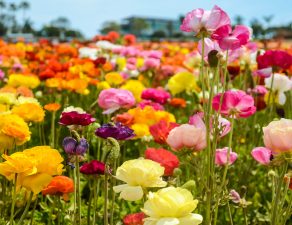
Business managers often research ways to make the office more productive, and are interested in methods of improving employee health and attendance. As we have learned from experience, sometimes the most effective solutions are also the simplest ones! You might be surprised to learn that the addition of a handful of plants in your office can have a drastic effect on morale and health.
Clean the air. Plants absorb carbon dioxide from the air, combining it with light and water to make their own energy. In the process, they release oxygen. We’ve known this for ages, of course, but now recent research indicates that the process of photosynthesis also helps to filter chemicals like benzene, trichloroethylene, and formaldehyde from the air. If you want to breathe cleaner air, a few plants in your office will do the trick.
Reduce stress. Researchers have found that office plants are linked to lower levels of stress, depression, anxiety, fatigue, and even hostility. The field of color psychology has also taught us that green has a calming effect.
Improve health and lower absence rates. Whether due to the cleaner air or psychological effects, several studies have found that offices with plants experience lower levels of illness among employees. Since sick days are one of the primary reasons for absences, office plants might even improve attendance rates.
Increase productivity and creativity. According to attention restoration theory, picturing or experiencing natural elements helps our brains to shift into a processing mode that promotes relaxation and concentration. Memory retention and performance on various tests are also linked to plant exposure.
Make the office more attractive. Of course, the primary reason we often utilize indoor plants is that we simply enjoy their aesthetic appeal. Not only will you appreciate the added touch to your decor; an attractive office is more appealing to clients and job candidates as well.
So, which types of plants grow well in an indoor setting? Stop by our nursery, and we can show you different varieties of ferns, African violets, spider plants, cactus, and more.

